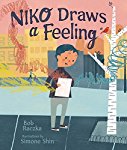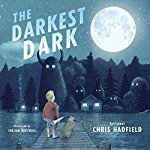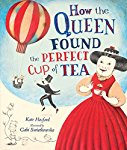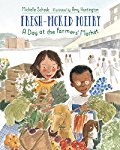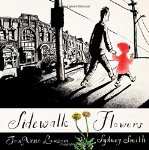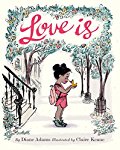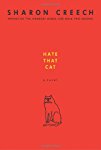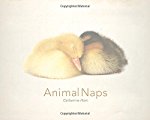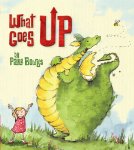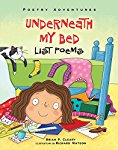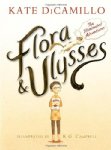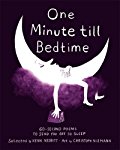The summer solstice, midsummer, is only a few days away and in honor of this day I bring you this delightful picture book in which we meet a grumpy tomte. Tomtes are little gnome-like people who are often found living in human homes and on farms. If their human hosts give them a little kind consideration, the tomte will become attached to their people and take care of them in their own small way. The tomte in this story does not have a family anymore, until something happens that turns his life upside down.
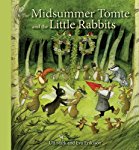 The Midsummer Tomte and the Little Rabbits
The Midsummer Tomte and the Little Rabbits
 The Midsummer Tomte and the Little Rabbits
The Midsummer Tomte and the Little Rabbits
Ulf Stark
Illustrated by Eva Eriksson
Translated by Susan Beard
Picture Book
For ages 5 to 7
Floris Books, 2016, 978-178250-244-9
Early summer has arrived and change is in the air. Grump
the house tomte cleans the farm cottage, just as he does every year, even
though the family has not lived there in a long time. He scrubs the floors,
shakes out the linens, and polishes the gong in the hall. When he bangs the
gong, memories of what the house was like when the family lived there wash over
him, and he feels their loss.
Grump’s mood
does not improve when his friend the bee announces that it is time for him to
leave. Grump tries to persuade the bee to stay but the bee is eager to be off
and he flies away, leaving Grump all on his own. Grump feels that making
friends with the bee in the first place was a mistake because it meant that he
became attached to the little animal. He has been too friendly and not grumpy
enough, he decides. Something has to change.
Not far away the
rabbit family members are busy doing chores and learning about plants. The
rabbit children are reminded of the wonderful Christmas celebration that they
shared with the tomte and they wish that they could have another festive
gathering. Mother Rabbit explains that Christmas will not come around for many
months, which is when Uncle Nubbin tells the little rabbits about Midsummer.
Eager to find
out what a Midsummer celebration is, the rabbits go to visit Owl. Owl tells
them that Midsummer is a time for wearing hats, dancing, playing, and kissing.
It is also “full of magic and love and mystery.”
Then a summer
storm hits and even the rabbits’ safe home under the big oak tree is flooded.
Dozens of animals are homeless, drenched, and miserable, and there is no safe
place for them to shelter. Then the younger rabbits suggest that they take
refuge in Grump’s cottage, and off they go. Soon they are joined by Grump’s bee
friend, who also needs a safe and dry place to rest. Grump, who does not want
to form attachments, suddenly finds himself surrounded by friends.
Midsummer is only
a few days away and some of the animals think about celebrating. Then they
discover that one of their own is dangerously sick. No one can think about
having a party when Rory’s life hangs in a balance. Even Grump, who tries not
to feel things, is sad and upset.
This wonderful
picture book takes readers into a delightful woodland world where the rabbits
and their friends, and a grumpy house tomte, live. Divided into short chapters,
the story takes us into the lives of the characters, and we get to watch as
they discover new things about love, magic, and friendship.

